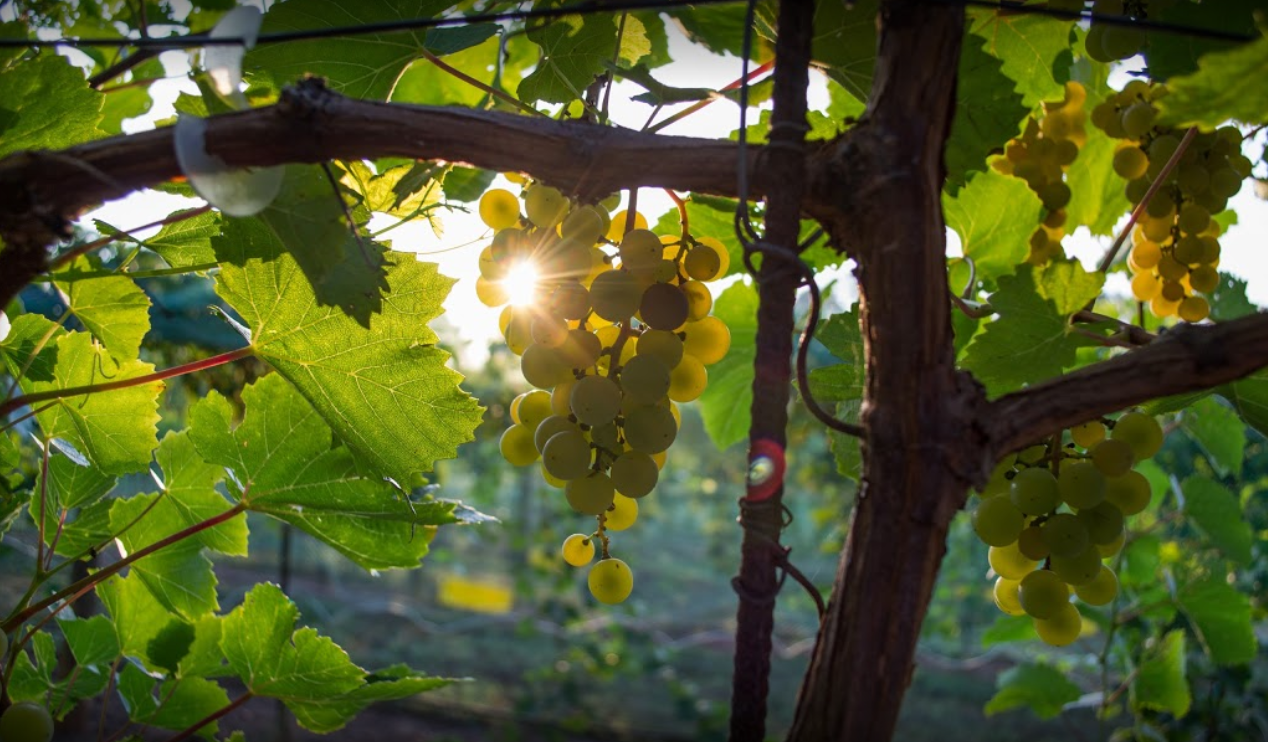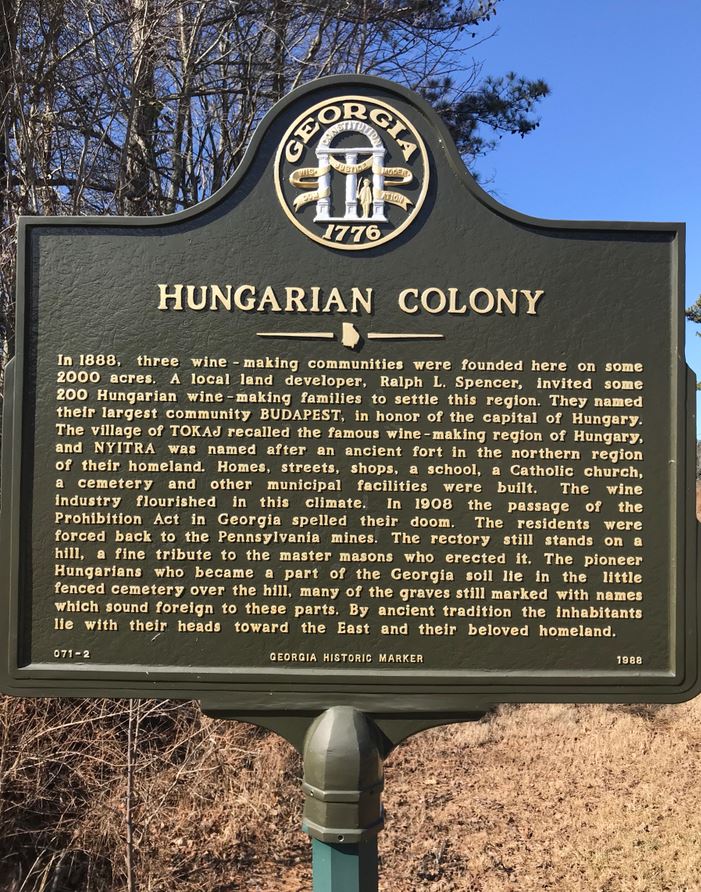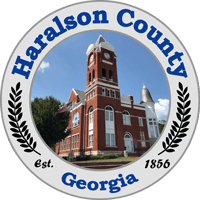The Wine Industry and Its Role In Our History
Imagine you are an Hungarian immigrant in 1886, having left your country of origin as a farmer and now, in your search for a better life you live in Pennsylvania and work in a coal mine to make your living here in the New World. Along comes a man named Ralph L. Spencer, who wants to develop an entire community based around growing grapes and making wine. - Reprinted from the Side Hustle Wino website
Haralson County was Once the Center of Georgia's Booming Wine Industry
In the fall of 1886 Ralph L. Spencer left his birthplace in Essex, Connecticut, for Tallapoosa with an elaborate plan for a town site. The site was plotted east of Tallapoosa on what is now Highway 78. The lots were drawn out for a church and a business district. Spencer then organized the Georgia Fruit Growing and Winery Association.
He was described as a man of "above average height; well fed and inclining to stoutness; handsome, personable, a born salesman with a flair for showmanship.” Spencer, also known to enjoy wine, saw opportunity in the sandy clay of northwest Georgia. He knew the business of growing grapes for wine was a specialized field and would require experts to ensure success. He secured the help of specialists: one was a Catholic priest named Father Janishek. To encourage Father Janishek to move to the area, Spencer promised him a home, a horse and a buggy. Another specialist he recruited knew of Hungarian farmers who were working in the coal mines of Pennsylvania. Plans were immediately put into effect to recruit these farmers to move to Haralson County. They would establish the town and plant the vineyards.

The Farmers proved they were masters of the task as the grapes grew in abundance, with clusters ranging from 10-12 inches in length. The Hungarian Village was a successful venture - the surrounding hillsides were covered with homes and vineyards. At harvest time, the brimming baskets showed the evidence of much hard work.
The Hungarian village was so successful that a group of Slovakians arrived and settled a village called Nitra. The village was located on what is now called Old Ridgeway Road west of Waco. Overlooking the village a home was built for Father Janishek. This beautiful building still stands near Devil's Kitchen. The home has 13 rooms and a domed cupola that extends well beyond the second floor. The house is now privately owned.
At its peak, Nitra had 60 dwellings, a church and a general store. Now that Spencer had a successful project, wineries were built to take care of the abundance of grapes. The people were hard-working and sober. They had many talents such as cheese and bread making as well as preserving fruits. The homes were small and well kept. One is still standing on Highway 78, a lowly cottage with gingerbread trim and magnolia trees in the yard.
For a number of years, the Hungarians were very successful in their viticulture and winemaking ventures. Wine was distributed and sold throughout the southeast at the stops of the Southern Railway and Blue Ridge Railroad, often for a dollar a gallon, bring your own container. As Georgia entered the 20th Century it is reputed to have had more than 20,000 acres of wine grapes and ranked as the sixth largest producer of wine in the U.S.
 But the boom didn't last. In 1907, Georgia became one of the first states to prohibit the sale and distribution of alcohol, effectively wiping out all wine and vineyard operations. The Georgia law passed a full 12 years before the ratification of the 18th Amendment that made Prohibition a nationwide reality banned all fermented beverages and there was no other market for the grapes. The soil was not suited for farming and people were without jobs. They began to leave the area, not bothering to sell their homes. The town literally ceased to exist.
But the boom didn't last. In 1907, Georgia became one of the first states to prohibit the sale and distribution of alcohol, effectively wiping out all wine and vineyard operations. The Georgia law passed a full 12 years before the ratification of the 18th Amendment that made Prohibition a nationwide reality banned all fermented beverages and there was no other market for the grapes. The soil was not suited for farming and people were without jobs. They began to leave the area, not bothering to sell their homes. The town literally ceased to exist.
Some of the residents stayed and found ways to make a living. Most returned to Pennsylvania and the coal mines. The ones who stayed were buried in the community’s cemetery that is still there today.
The homes and buildings were literally abandoned, eventually falling into disrepair and crumbling. The Rectory still stands and and was reportedly being renovated according to a Facebook post in 2014. There are many stories about the old rectory, which is said to be haunted.
While the majority of these people are gone from Haralson County and little remains of these hardworking people, there are a few descendants who chose to stay here. The Church was abandoned and in the 1970s, the building burned. There is a cemetery that became overgrown, but recently community workers have cleaned the site up. The headstones tell a story all their own. On the few original headstones in the cemetery the word "Peace" is carved. These people came to Haralson County in search of a new life. They worked hard in the red hills of Georgia.
While they didn't find what they were looking for, they found peace in a new land for a short time in Haralson County.
Georgia was once one of the largest producers of wine in the United States, all because of this little area in Haralson County. Currently, the vast majority of Georgia wine is grown and produced a bit farther north, and east, but the craft of making wine has returned to the place it all started. Trillium Vineyards opened its doors in Bremen in August 2017 and has become a destination for all wine lovers.
Trillium winery offers a relaxing rustic environment for wine novices and lovers alike to sit down, enjoy a glass. and unwind. Founded by Bruce and Karen Cross, Trillium prides itself on making and bottling its own wine and providing fun events for those who want a relaxing evening. With two acres of vineyard and 220 acres of land, Trillium is a spacious and leisurely place to go to get away from the stress of the work week. Trillium is open Thursday from 1-6 p.m., Friday and Saturday from 1-10, and Sunday from 8-9:00 p.m. It is located just off Waddell Street in Bremen.
Sources: Haralson County Historical Society, Sidehustlewino.com and Trillium Vineyards. Photo courtesy of Trillium Vineyards
